(September 22, 2021) One of Aisha Nazia‘s fondest memories is of her standing in a crowd and watching a football match with bated breath. As her favorite team scored the perfect goal, the Kozhikode-born football fan was euphoric. Her hometown is a mecca for football and it wasn’t long before love for the game rubbed off on Nazia, who has now been selected for the prestigious FIFA Master program. She is the only Indian woman out of the 32 people that were selected from across the world for the program. Chosen out of 700 applicants, Nazia has become an inspiration for dreamers as well as go-getters.
A postgraduate sports executive program, organized in partnership with De Montfort University (United Kingdom), SDA Bocconi School of Management (Italy) and the University of Neuchatel (Switzerland), the FIFA Master course is nothing short of an Ivy league program. The 26-year-old Indian has made the cut this year, but not without her share of struggles and challenges. As she quit a lucrative job to pursue her dreams, Nazia didn’t find many supporters, but she was determined to follow through on her plan.
How a childhood dream found wings
Born in Kozhikode to Malayalam Muslim parents, Nazia found herself attracted to the game even as a child. After her parents’ divorce when she was five, Nazia moved to Chennai with her mother who was then a teacher. But summer vacations took her back to her hometown each year where she fell in love with football. “I loved the way football brought the entire town together and it was the best show of secularism. It was at this tender age that my affinity towards football began to grow,” she tells Global Indian in an exclusive interview from London where she has kick started the first leg of her course.

Aisha Nazia at Old Trafford Stadium, Manchester
While the soccer field made Nazia quite happy, she was equally ecstatic nestled between her pile of books. After securing the eighth rank in mechanical engineering at University of Kerala, she found herself working with the Indian Oil-Adani Group Pvt Ltd in Kochi in 2017. Two years before she entered the corporate world though, Nazia had volunteered as a football facilitator for the 2015 National Games that were held in Kerala. Then a third year student at TKM College of Engineering, she heard about the games being held in her city and couldn’t let the opportunity slip by. “It gave me the perfect exposure to the sporting industry and the workings of it,” she adds.
The turning point
Though her job at Indian Oil kept her happy, she would often find herself drawn to the varied sporting events taking place in the country. So when the FIFA Under 17 World Cup was set to make its debut on Indian soil, Nazia found herself looking for volunteer opportunities on their website. Despite the fact that she didn’t have a sports management degree, Nazia rolled the dice of fate and applied for the role of a workforce manager. Luck was on her side, and the 26-year-old found herself at one of the biggest sporting spectacles. Those months with FIFA turned out to be a game changer for this young woman as she learnt the tricks of the trade and found her true calling in sports management. In 2018, she quit her job to chase her dream and moved to Bengaluru.
View this post on Instagram
Since sporting events in India happen only once every few months, Nazia took up jobs as a consultant with startups to keep her stable financially. In between, she worked on two seasons of the Indian Super League.
When NBA found itself playing in India for the first time ever in 2019, the organizers got in touch with Nazia after reading a feature on her on FIFA. The conversation soon translated into an operations role in logistics.
A chance meeting
After working with the best for a few years and gaining valuable insights into the world of sports management, Nazia knew she was ready to take it a notch higher with the FIFA Master course, something she had heard about six years ago. “While volunteering at the National Games in 2015, a referee from Tamil Nadu who had trained under the Premiere League saw potential in me and encouraged me to take up the FIFA Master course,” adds Nazia. But she wanted to give herself four years after her graduation before taking a plunge into any Masters program.
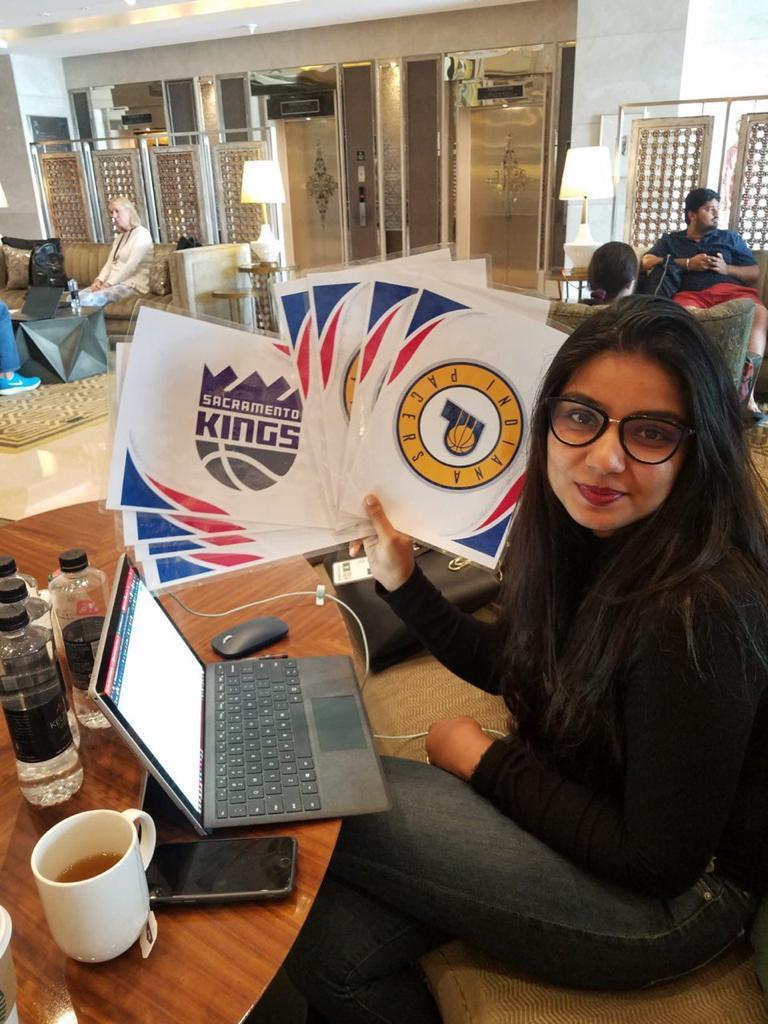
Aisha Nazia at NBA matches in India.
So when the entire world came to a standstill in 2020 and sporting events became a rarity, Nazia knew it was the right time to pursue her FIFA Master dream. “The selection process for this course is like it would be for an Ivy league school. This year 32 students were selected from a pool of 700 applicants across 29+ countries,” adds the Kozhikode native. The one year course will have Nazia travel to three countries (England, Italy and Switzerland) to complete her Masters in Management, Law and Humanities of Sport.
Crowdfunding, not charity
If securing a seat among 700 students wasn’t a rigorous process, Nazia found herself raising 22,000 CHF (approximately ₹28 lakh) for the course. She is one among the three students to have secured a merit scholarship which has halved her course fee, but the amount is still heavy on her pocket. “In a country like India, you can apply for an education loan against mortgage of property or gold, and I had nothing as security. Crowdfunding seemed like a wise decision to raise money for my education,” says Nazia.
It was her mentor Gautham Chattopadhaya, who works with NASA, who advised her to opt for crowdfund. “Abroad, it’s a very common concept to raise money for education, but in India, it’s still at its nascent stage. I weighed my options for a long time and even posted on LinkedIn to get some feedback. Many encouraged me to go for it as they couldn’t pursue their dreams owing to financial constraints. The stories of people on the post made me take it up as a social cause to empower people to follow their dreams. Education is a basic necessity and I decided to go forward with it to raise money and also inspire others to follow their dreams,” adds Nazia.
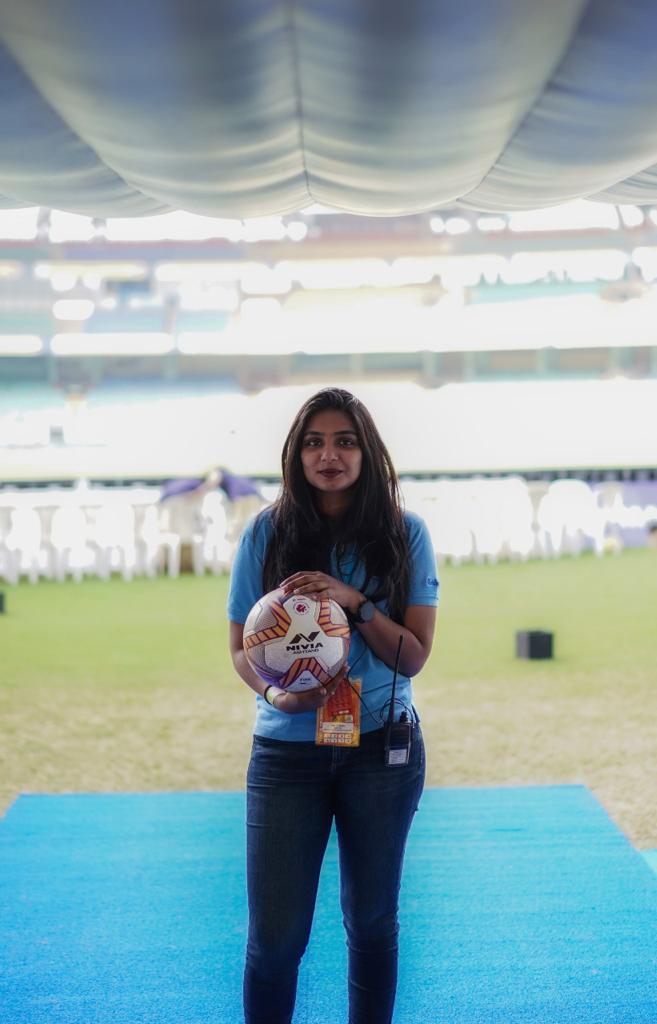
Aisha Nazia at Indian Super League 2019-2020
With GoFundMe inaccessible to Indians, Nazia opted for Ketto to raise money for her education. “In India, crowdfunding is mostly restricted to medical emergencies, so my plea to raise money for education falls a little short in comparison to their issues.”
However, this reality check has inspired Nazia to launch an education crowdfunding platform for Indian students soon. “I want to start a platform for people who dream of studying in India or abroad but are unable to do so due to financial constraints. My priority would be to get meritorious students their due through this crowdfunding platform,” she explains.

Aisha Nazia at a sporting event.
The future
Nazia, who is currently at De Montfort University in Leicester, is excited for the program. “It will be an enriching experience with lots of learning and field trips. After completing three months in the UK, we will move to Italy for the next quarter. And the last six months will be in Switzerland, which is also the headquarters of FIFA. Getting to work with their management will be exciting. Also, at the end of course, FIFA selects three people for employment,” reveals Nazia.
Being an advocate of sustainability, Nazia plans to work for the development of the Indian sports ecosystem after the completion of her course. “I want to focus on inclusion, youth development and come up with solutions to reduce carbon footprint during a sports event,” signs off Nazia.

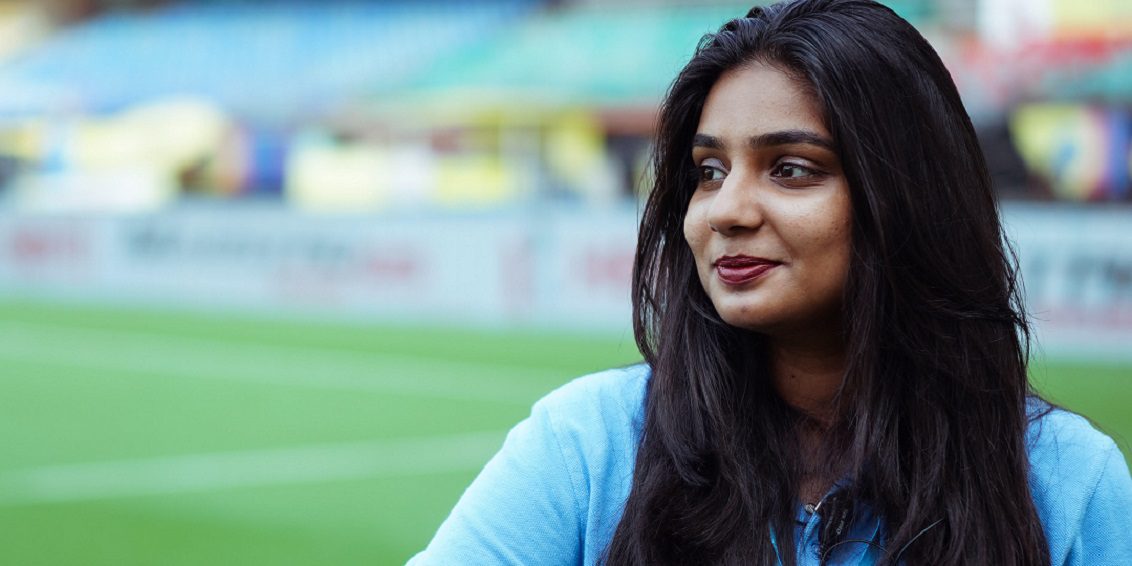
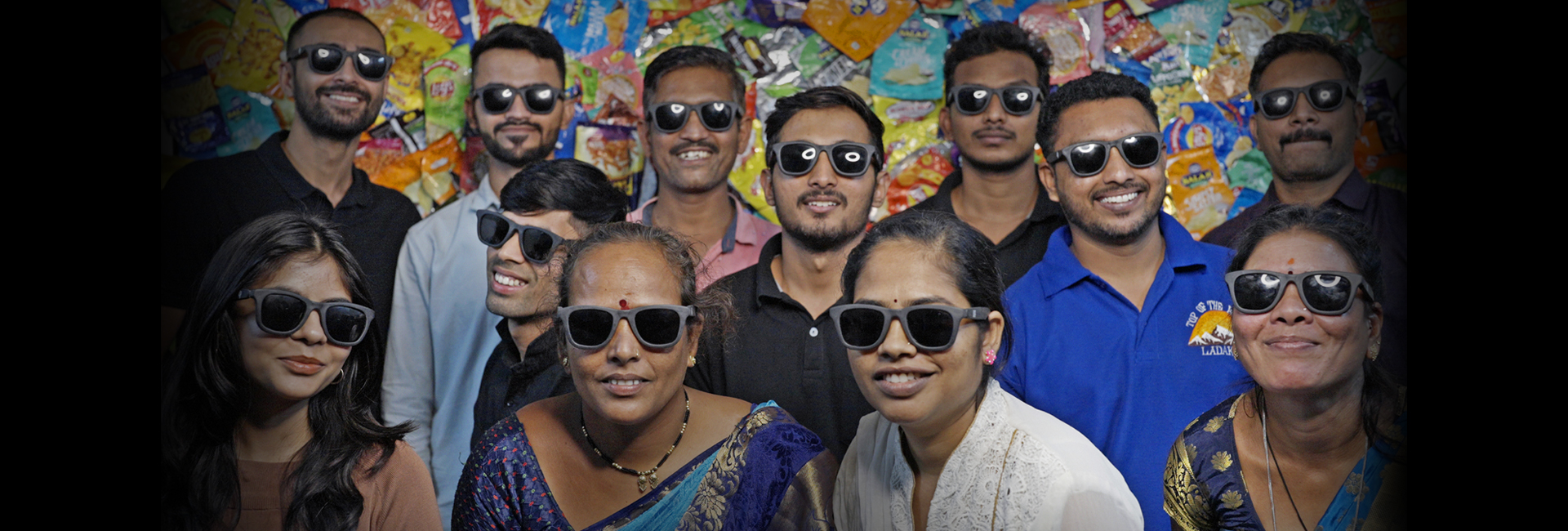
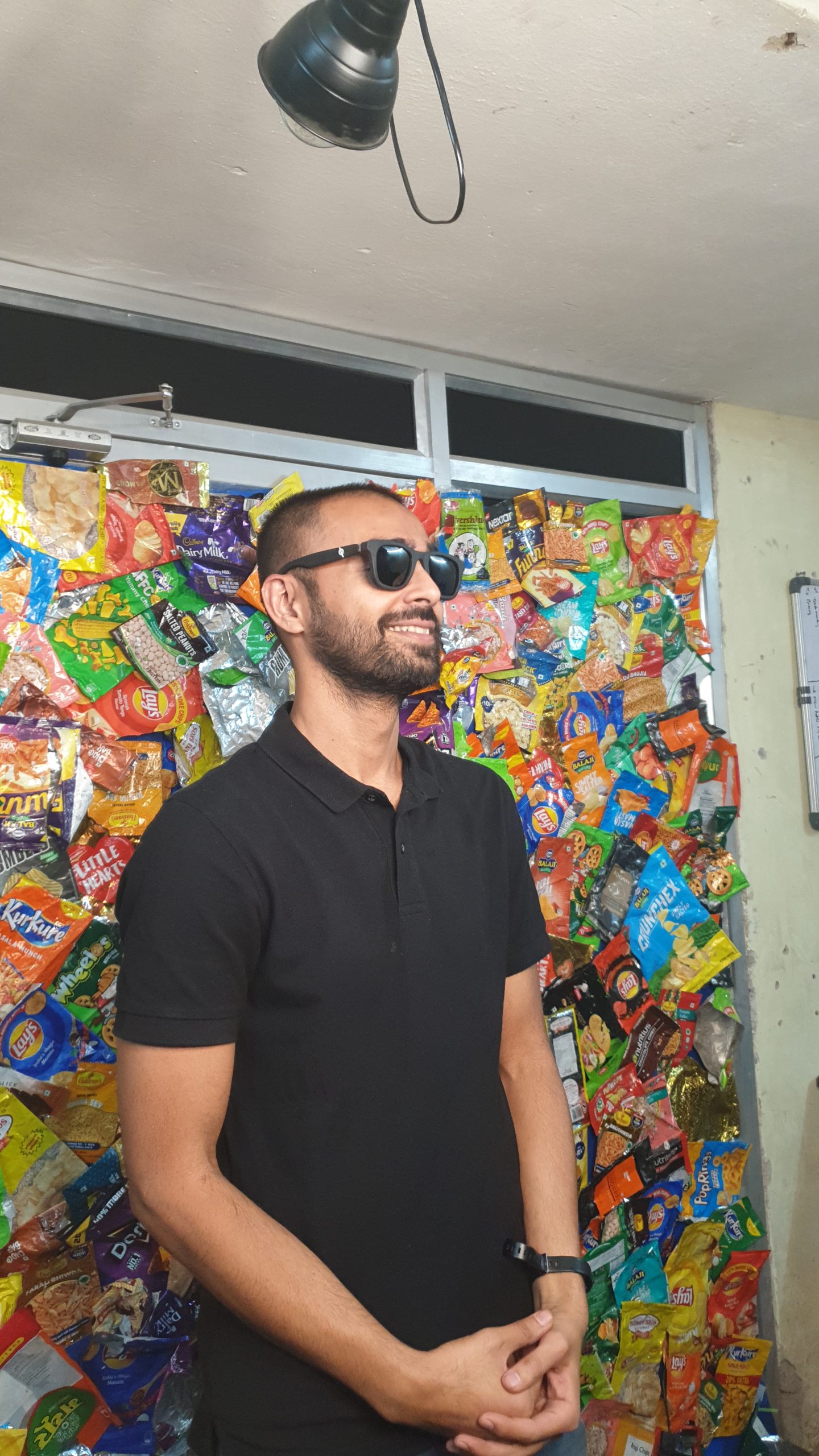
 Multi-layered plastic[/caption]
Multi-layered plastic[/caption]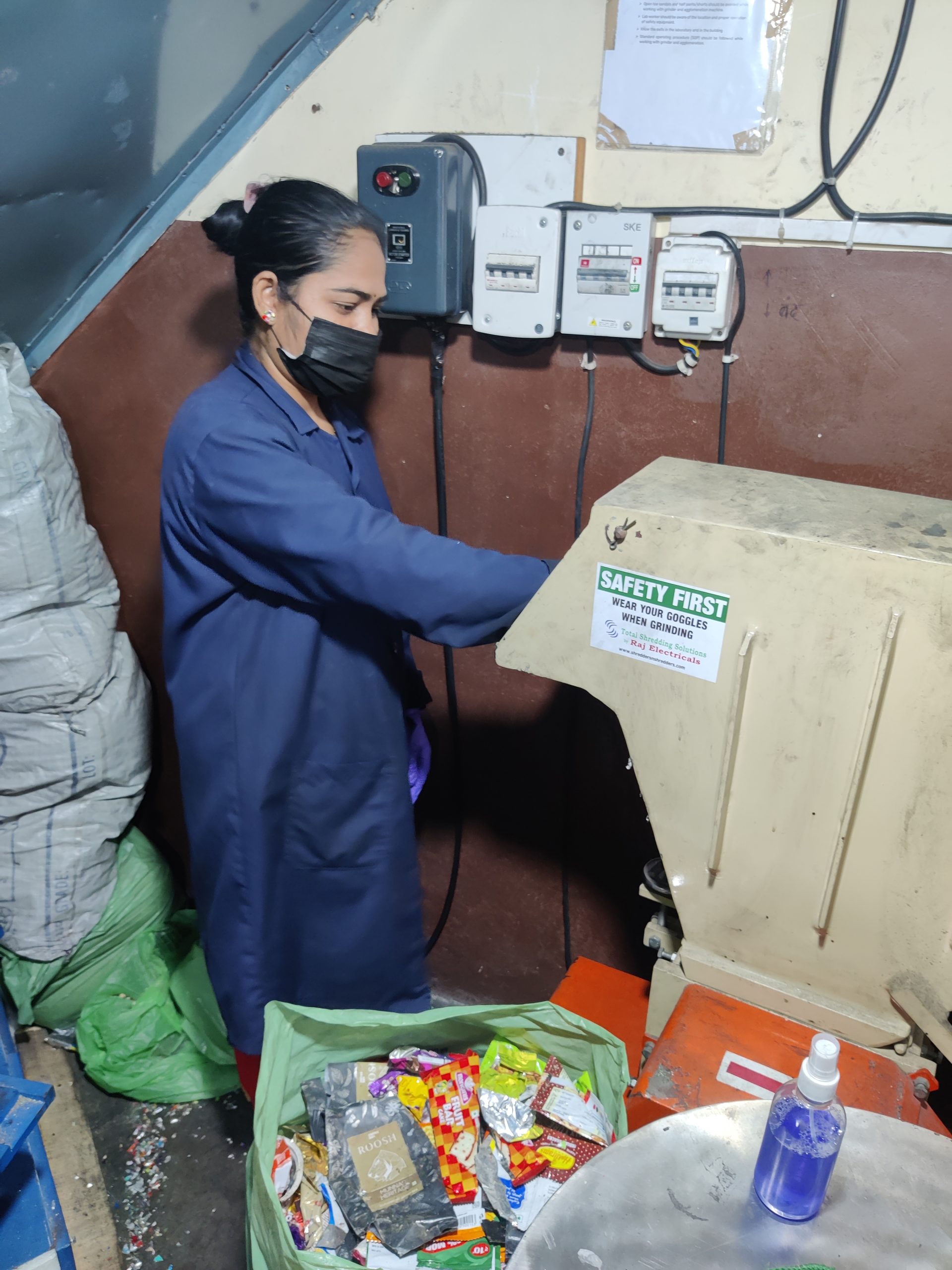 Wastepicker Rani shredding MLP[/caption]
Wastepicker Rani shredding MLP[/caption] Recycled sunglasses made by Ashaya[/caption]
Recycled sunglasses made by Ashaya[/caption]
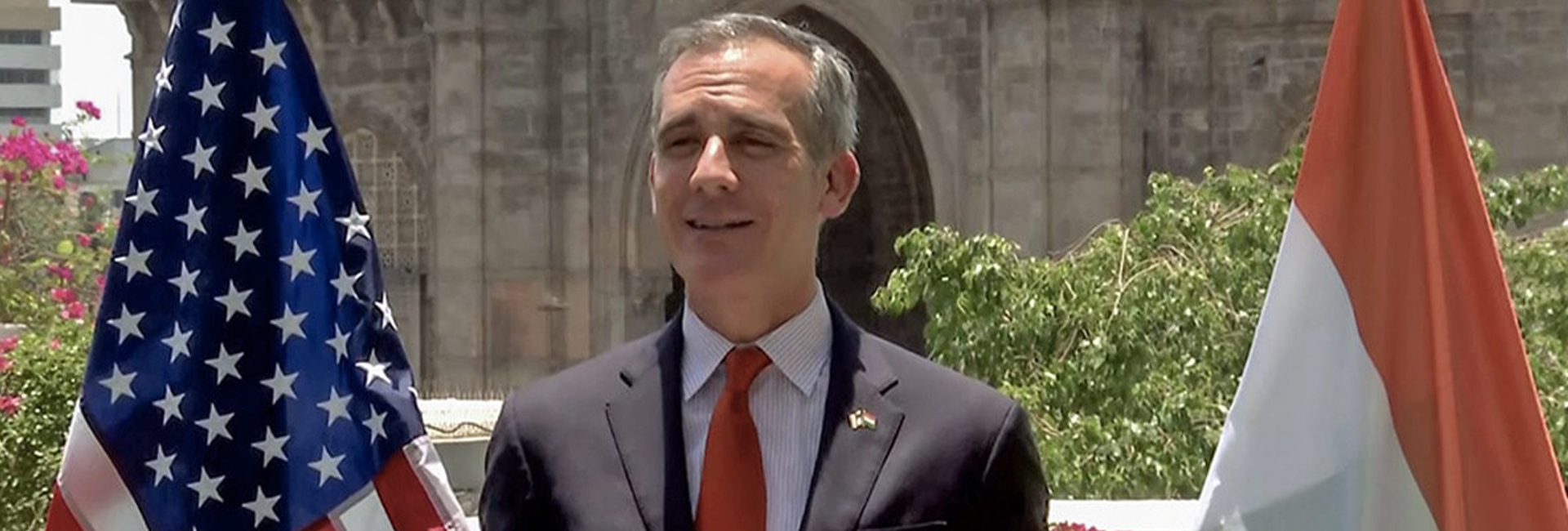
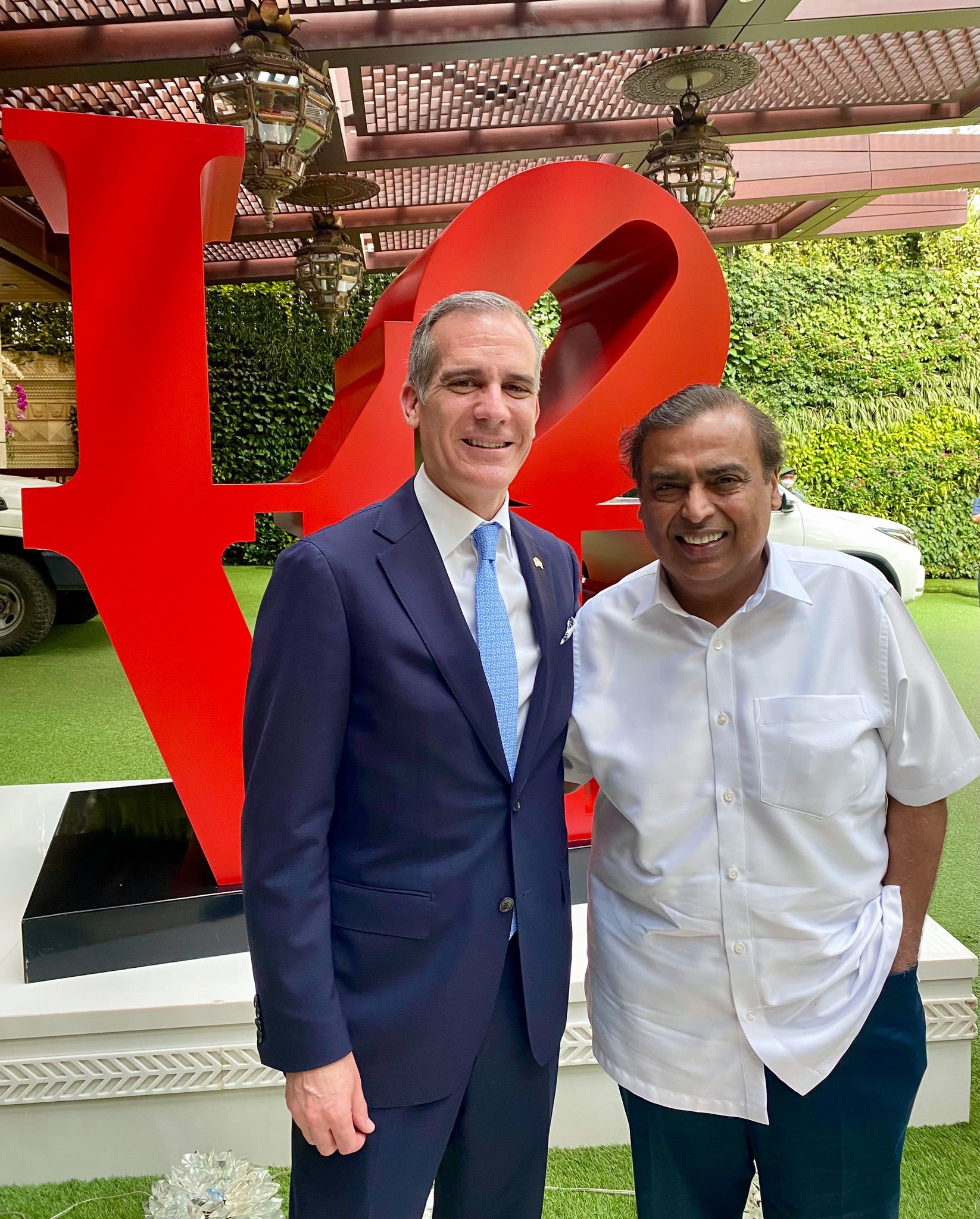 US Ambassador Eric Garcetti with Reliance Industries Chairman, Mukesh Ambani[/caption]
US Ambassador Eric Garcetti with Reliance Industries Chairman, Mukesh Ambani[/caption] Garcetti served as a Lieutenant in the US Navy Reserve for eight years. Photo:
Garcetti served as a Lieutenant in the US Navy Reserve for eight years. Photo: 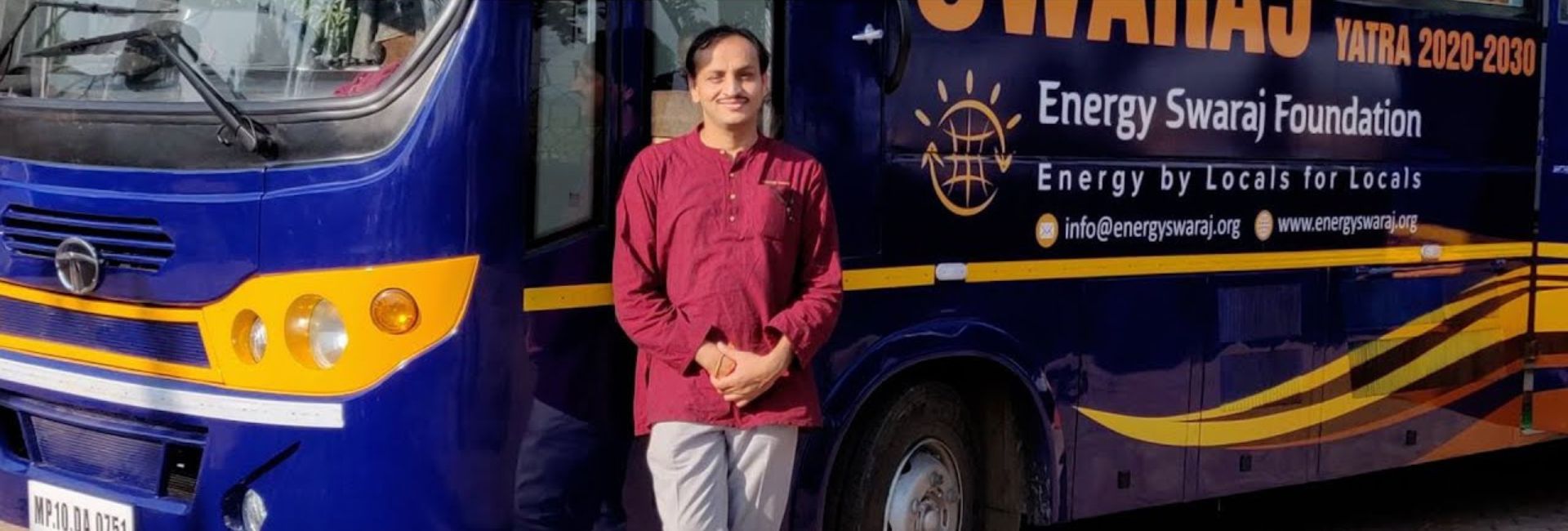
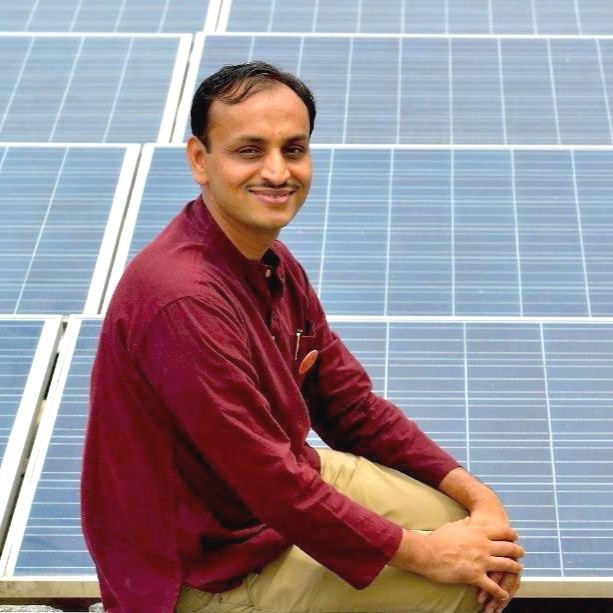 Chetan Solanki, the Solar Man of India[/caption]
Chetan Solanki, the Solar Man of India[/caption] The Solar Man of India has been on the Energy Swaraj Yatra for over 1000 days[/caption]
The Solar Man of India has been on the Energy Swaraj Yatra for over 1000 days[/caption]
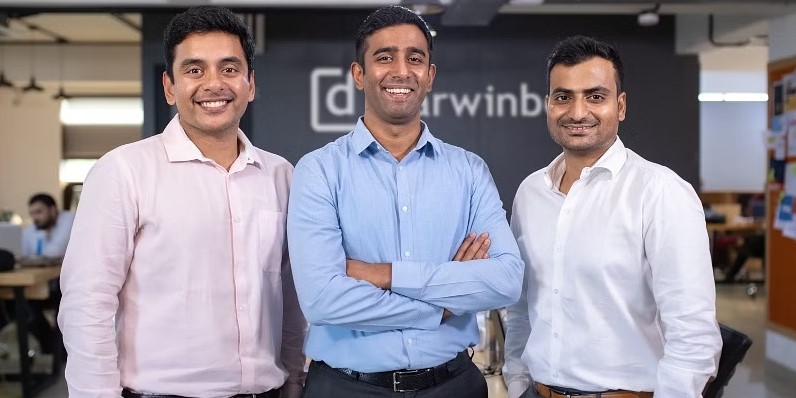
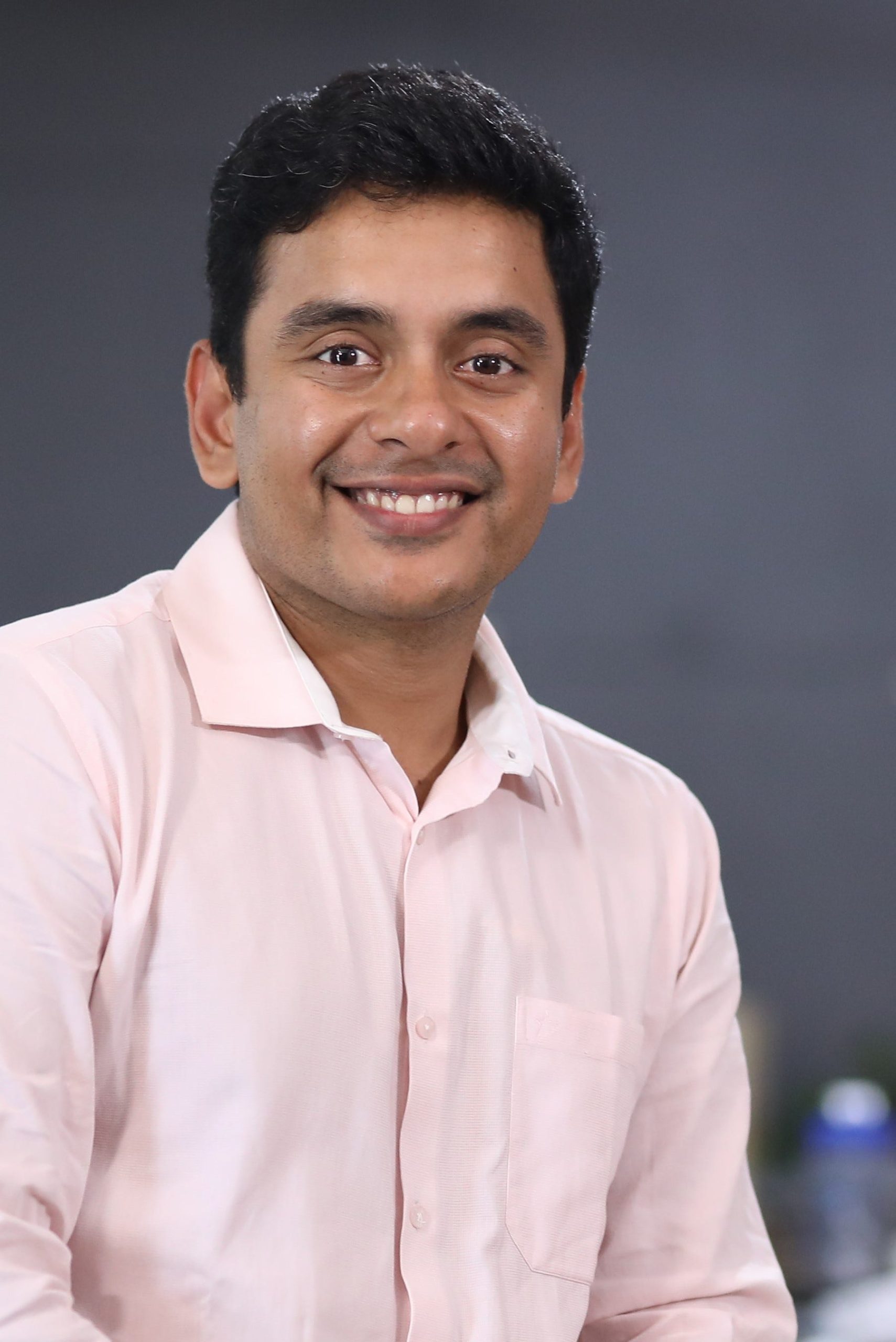 Rohit Chennameni., co founder of Darwinbox.[/caption]
Rohit Chennameni., co founder of Darwinbox.[/caption]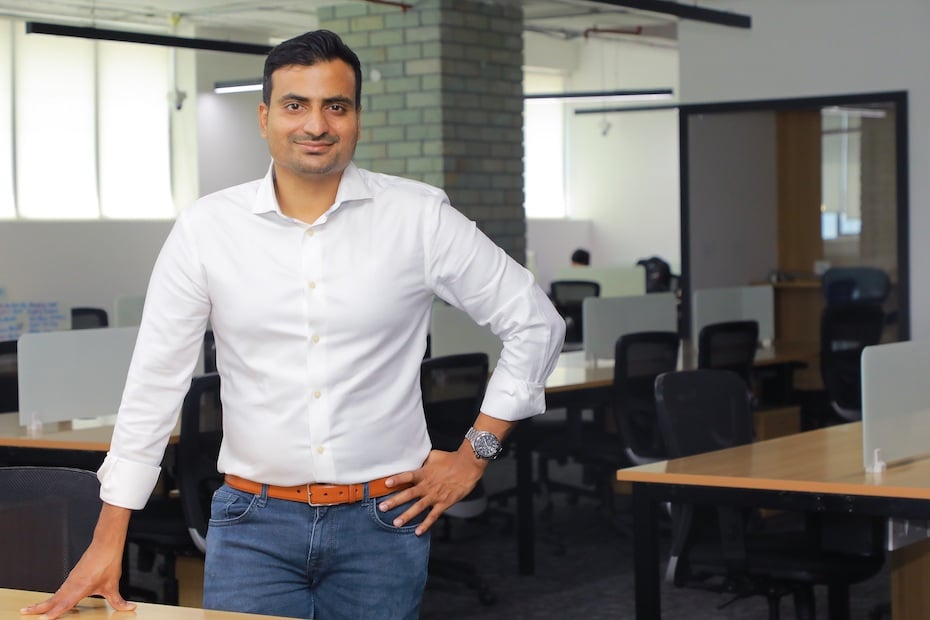 Chaitanya Peddi, co-founder of Darwinbox.[/caption]
Chaitanya Peddi, co-founder of Darwinbox.[/caption]